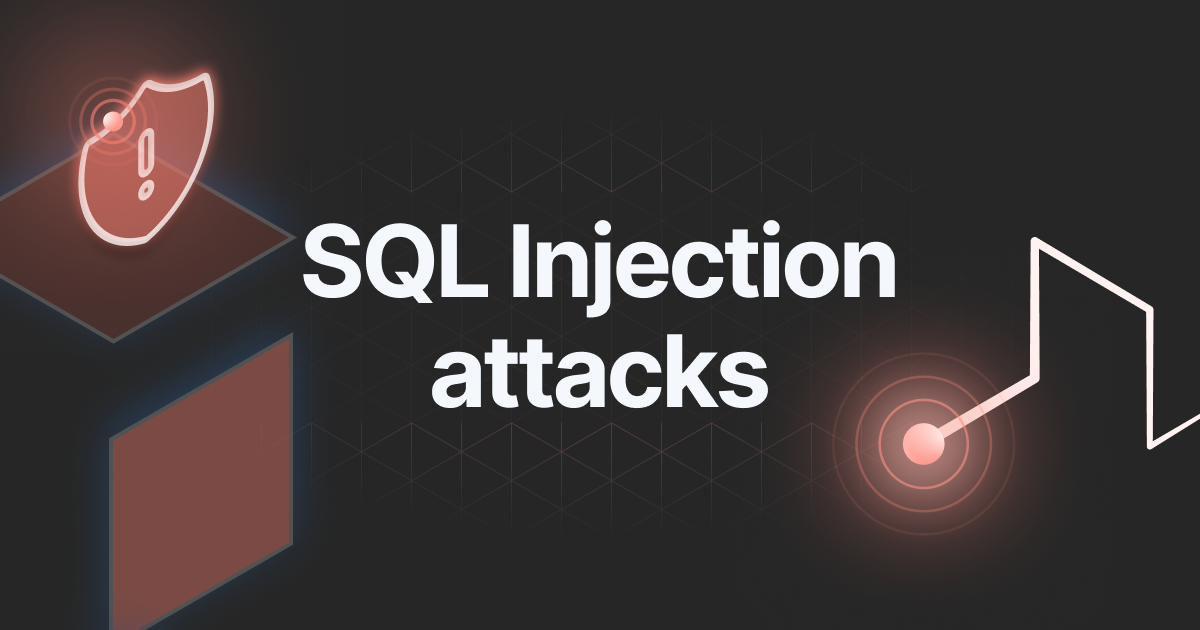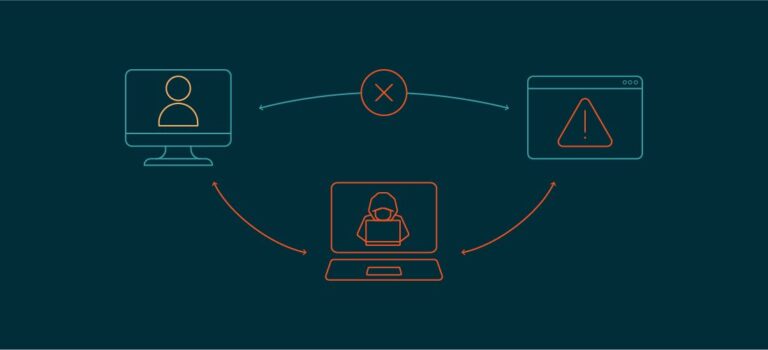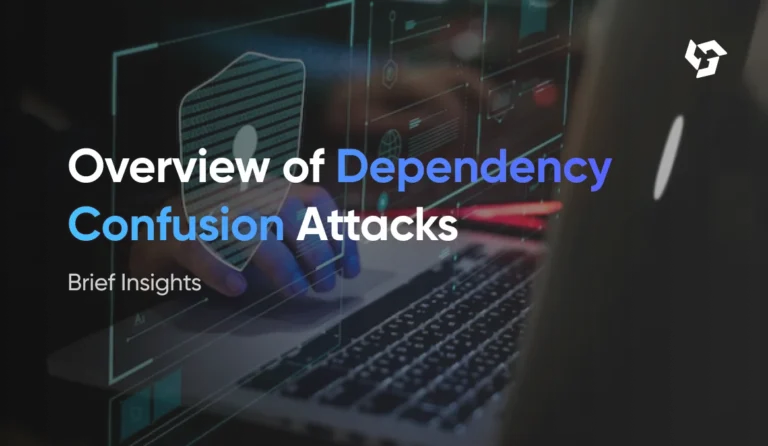SQL Injection: The Ultimate Guide to Understanding, Exploiting, and Preventing SQLi Attacks
Introduction
In the digital age, data is one of the most valuable assets for individuals and organizations. It powers websites, mobile apps, and cloud services. However, this data is often stored in databases that can become targets for cybercriminals. One of the most notorious and enduring threats to data security is SQL Injection (SQLi).
SQL Injection is a code injection technique that allows attackers to interfere with the queries that an application makes to its database. It’s one of the oldest, most dangerous, and most prevalent web vulnerabilities. In this comprehensive guide, we will walk you through what SQL Injection is, how attackers exploit it with examples, and—most importantly—how you can defend your systems against it.
Keywords: SQL Injection, SQLi, SQL Injection Example, Protect Against SQLi, Web Security, SQL Vulnerability, SQL Injection Prevention
What is SQL Injection?
SQL Injection is a security vulnerability that occurs when an application fails to properly sanitize user input before including it in a SQL query. This allows attackers to manipulate SQL queries by injecting arbitrary SQL code.
The consequences of a successful SQLi attack can be devastating:
- Unauthorized access to sensitive data
- Data modification or deletion
- Bypassing authentication mechanisms
- Complete control over the application’s backend
Understanding the Basics
Let’s consider a simple login form that accepts a username and password.
SELECT * FROM users WHERE username = '$username' AND password = '$password';
If a user enters:
- Username:
admin' -- - Password: (any)
The query becomes:
SELECT * FROM users WHERE username = 'admin' --' AND password = '';
The -- sequence marks the rest of the query as a comment. As a result, the password condition is never evaluated, and the attacker is logged in as admin without providing the correct password.
Types of SQL Injection
1. In-band SQLi
- Error-based SQLi: Exploits database error messages to extract data.
- Union-based SQLi: Uses the
UNIONSQL operator to combine results from multiple queries.
2. Inferential (Blind) SQLi
- Boolean-based: Sends queries that return different results based on true or false conditions.
- Time-based: Measures response times to infer information.
3. Out-of-Band SQLi
- Sends data using alternative channels (e.g., HTTP or DNS requests).
Real-World SQL Injection Attack Examples
1. Heartland Payment Systems (2008)
SQL Injection was used to steal over 130 million credit card numbers.
2. Sony Pictures (2011)
Hackers used SQLi to access personal information from Sony’s databases.
3. TalkTalk Telecom (2015)
A teenager used SQLi to access data from 157,000 customer records.
Step-by-Step: How Hackers Exploit SQL Injection
Step 1: Identify Input Points
Attackers look for fields like:
- Login forms
- Search bars
- URL parameters (e.g.,
id=1)
Step 2: Inject Malicious Input
Test with:
'
If an error is returned, the field might be vulnerable.
Step 3: Determine Query Structure
Use UNION to test column numbers:
' UNION SELECT NULL, NULL --
Step 4: Extract Information
List table names:
' UNION SELECT table_name, NULL FROM information_schema.tables --
Get usernames and passwords:
' UNION SELECT username, password FROM users --
SQL Injection Tools
- sqlmap: Automates SQLi detection and exploitation.
- Havij: GUI-based tool for SQL Injection.
- Burp Suite: Advanced web vulnerability scanner.
- SQLNinja: Targets Microsoft SQL Server.
- jSQL Injection: Java-based open-source SQLi tool.
How to Protect Against SQL Injection
1. Use Prepared Statements
Avoid string concatenation. Use parameterized queries:
$stmt = $pdo->prepare('SELECT * FROM users WHERE username = ?');
$stmt->execute([$username]);
2. ORM Frameworks
Use frameworks like Django, Laravel, or SQLAlchemy that handle SQL safely.
3. Input Validation and Sanitization
- Whitelist acceptable inputs
- Reject suspicious characters (
',--, etc.)
4. Least Privilege Principle
Restrict database user permissions to minimize impact if exploited.
5. Error Handling
Show generic errors to users and log detailed ones securely.
6. Web Application Firewalls (WAF)
Use tools like Cloudflare or ModSecurity to block malicious input.
Testing and Detection
Automated Scanners
- OWASP ZAP
- Acunetix
- Nikto
Manual Pen Testing
Use SQL syntax to probe inputs:
1' OR '1'='1
Code Reviews
Audit code for unsafe query constructions and improper input handling.
Best Practices for Developers
| Action | Benefit |
|---|---|
| Use parameterized queries | Prevents SQLi entirely |
| Validate all inputs | Blocks malformed or malicious data |
| Limit database access | Contains the damage |
| Use secure frameworks | Avoid reinventing the wheel |
Common Myths About SQL Injection
| Myth | Reality |
|---|---|
| Only old websites are affected | Even modern apps can be vulnerable |
| Stored procedures are safe | Only if implemented properly |
| No login = no SQLi | Any input field can be a vector |
Conclusion
SQL Injection is a severe threat with real-world consequences. But it is also entirely preventable. Developers must adopt secure coding practices, and organizations must continuously test and audit their systems.
Remember: It only takes one vulnerability for an attacker to compromise your entire database.






